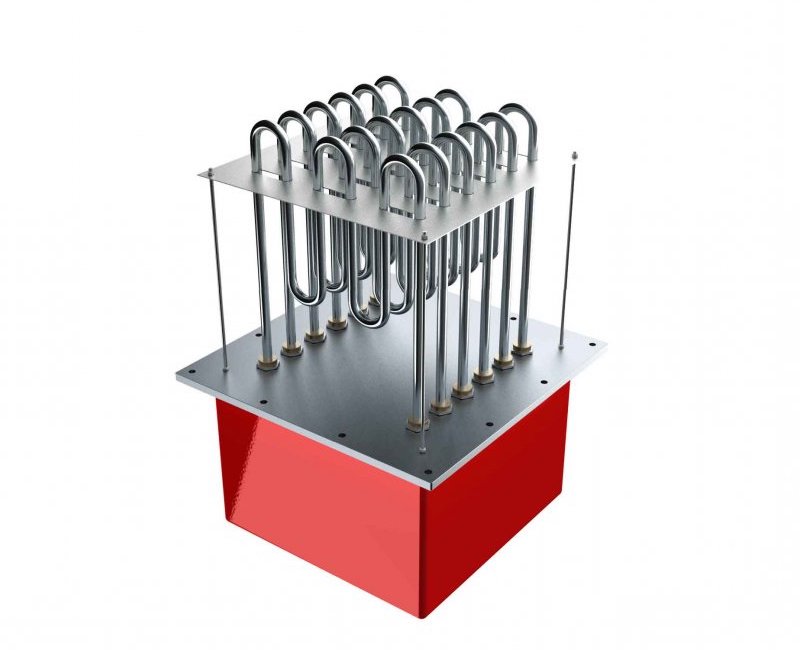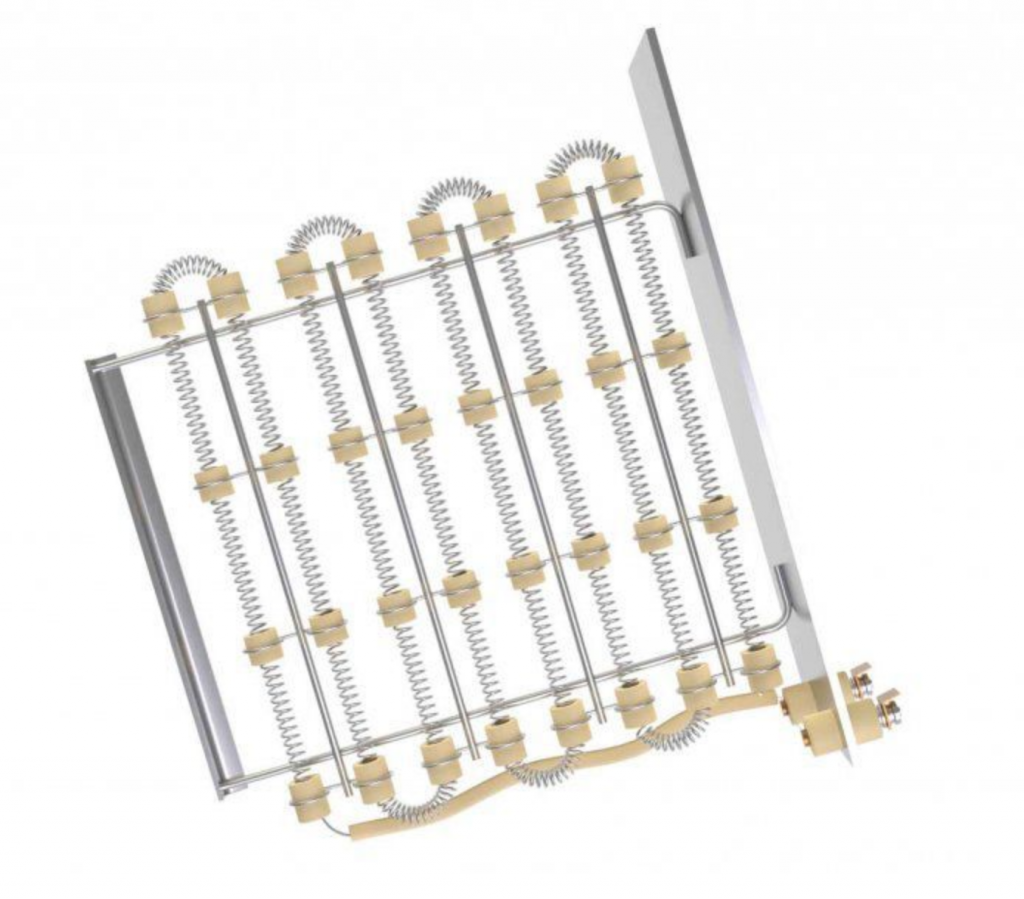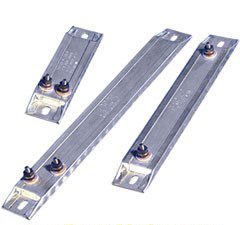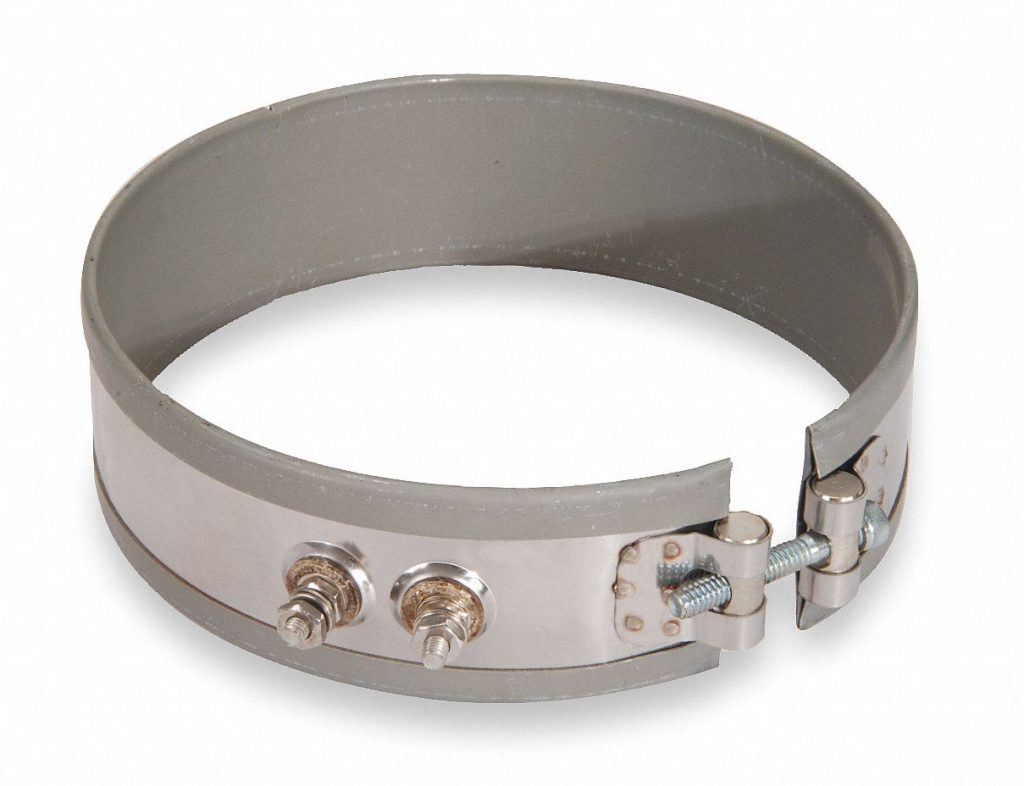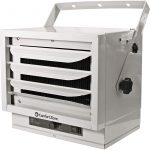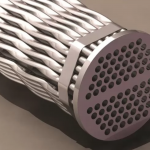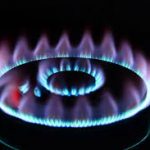Electric heaters show up in a lot of industrial applications and it is important to understand where and why heaters are used. In this article, you will learn when electric heaters should be specified in an application and the major types of electric heaters.
Why Electric Heaters?
Heat exchangers and gas-fired heaters are the primary alternatives to the use of an electric heater. Gas-fired heaters are a good choice when fuel is abundant, available, and fine process control is not required. Heat exchangers are a good fit when cooling a media is required or hot media already exists that can be purposed for heating.
Electrical heaters can be easily manipulated through control systems to give on-demand heating when required. Since electric heaters do not internally combust, they are inherently safe and environmentally friendly. Electric heaters only require an electric connection to produce heat, making them easy to modify and transport.
Electric Heater Construction
Heater elements are manufactured by encasing resistance heating wire in a ceramic jacket. A sheath envelopes the jacket. Sheath material is typically made of stainless steel for corrosion purposes. Sheath material can also be made of titanium, Inconel or other exotic material depending on the media encountered. The wire, jacket, and sheath combination is called a heating element.
Element temperature is typically measured by a thermocouple or RTD inserted into the element bundle. Thermocouples are cheaper, more durable, and can measure a broader range of temperatures. RTDs are a better choice when more precise measurements are required.
Major Types of Electric Heaters
Electric heaters can be configured in nearly an infinite number of manners. It is easiest to think of heaters in five major forms, each of which meets a different function. These are circulation heaters, immersion heaters, heat tracing, duct heaters, and niche electric heaters
Circulation Heaters
Circulation heaters, sometimes referred to as in-line heaters, are a fit for applications where a fluid is directly passed over the heating elements. This type of heater typically has two connection ports (entry and output) that allow for efficient direction over the elements.
Circulation heaters are a good fit for process applications where liquids are circulated by a pump, mixer, or agitator. The efficiency of circulation heaters is very high as the liquid is heated and then recirculated, with the only heat losses due to conduction.
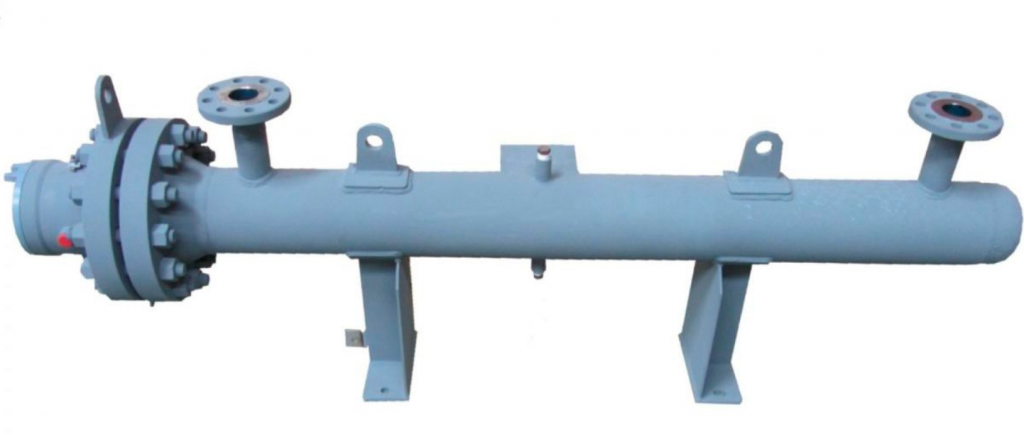
Courtesy Resistencias Tope
Immersion Heaters
Immersion heaters are directly deposited into the fluid that is to be heated. Typically this is done by a flanged or threaded connection but can be customized for the particular application. There are two primary versions of immersion heaters: direct and indirect. Direct immersion heaters expose the elements directly to the liquid being heated whereas indirect immersion heaters have additional housing and provide heat via radiation and convection. Direct immersion heaters are more efficient than indirect immersion heaters and are the preferred choice in most applications. In instances where the liquid being encountered is extremely viscous, sticky, or corrosive, indirect heaters may be a good application.
Unlike circulation heaters, there is typically not a pump that pushes media through an entrance and exit to ensure consistent heating. Depending on the size of a container in which an immersion heater resides, there may be an agitator or mixer to ensure heat is at least somewhat consistently applied to the media.
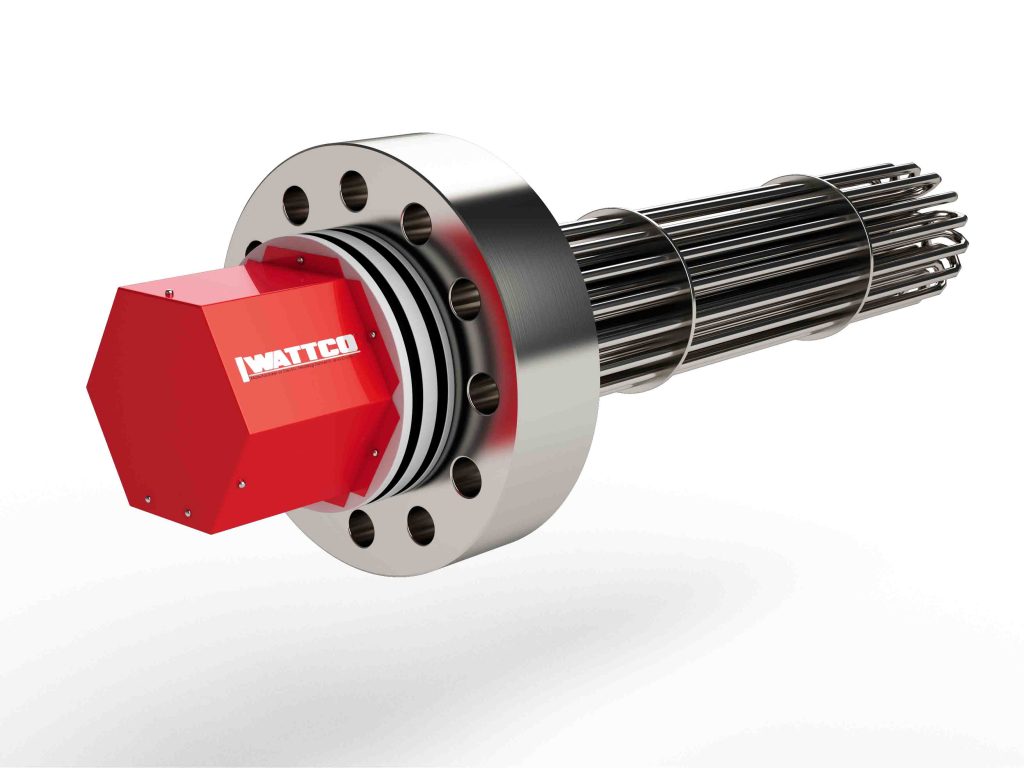
Courtesy Wattco
Duct Heaters
Duct heaters most commonly are used to heat air, but are capable of heating other gases as well. Typical duct heater applications are ventilation systems, industrial ovens, or comfort heating applications. Depending on the configuration, duct heaters may have tubular elements or open coils. Tubular elements are more durable than open coils and are typically finned to maximize the amount of heat transfer to the air. Open coils are the most efficient as heat is released directly into the airstream. There are additional technical factors to consider when evaluating the benefits of finned heaters versus duct heaters.
Heat Tracing
Heat tracing varies from traditional heating elements as it does not have a resistance wire enclosed in a rigid element. Rather the heat tracing is encased in insulation, a ground shield, and sheathing. This ground cable is typically wrapped around a pipe to ensure process media is kept at a prescribed temperature.
Electric heat tracing is wrapped along a (typically insulated) pipe to maintain a set temperature. Heat Tracing is a strong application for small diameter pipes and when media must be heated over a long distance. Use this calculator to determine the proper heat required for your application.
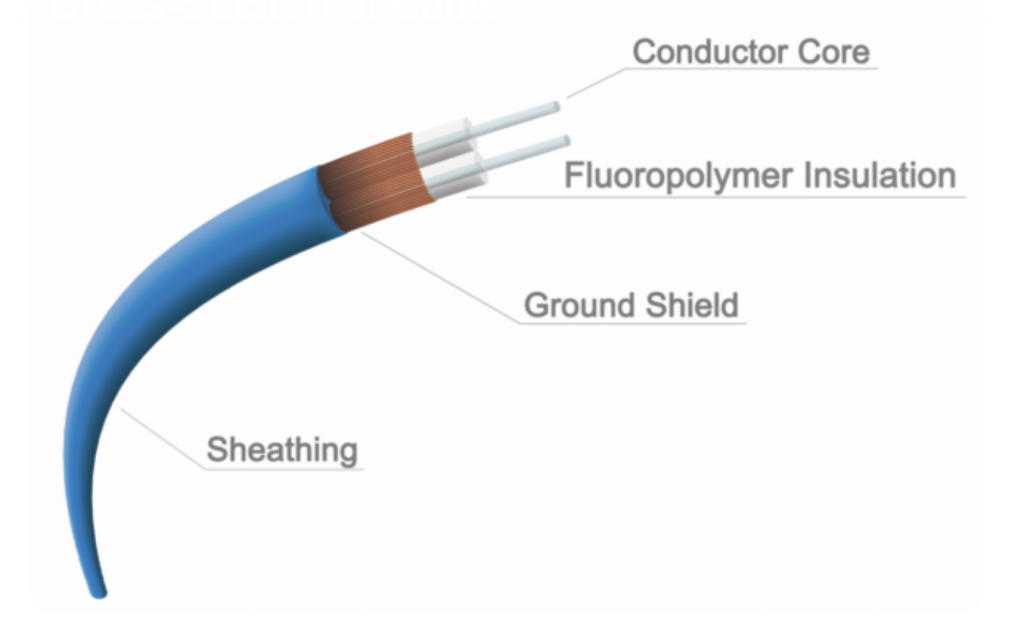
Niche Heaters
The heaters mentioned above comprise the dominant applications in the electric heating industry. However, there are other forms that electric heaters can take.
Strip heaters, component heaters, and band heaters are three such examples. These type of heaters are designed to deliver localized heat at a particular point in the process. Applications may include the warming of injection nozzles, keeping the heat during an extrusion process, or delivering heat to an uniquely shaped component. Many manufacturers will custom design and make a heater for atypical applications.
When used in the right application, electric heaters can deliver consistent and flexible heat for years to come. Knowing the function and benefits of the different types of heaters will allow you to understand, specify, and deliver the best possible product for your client.
